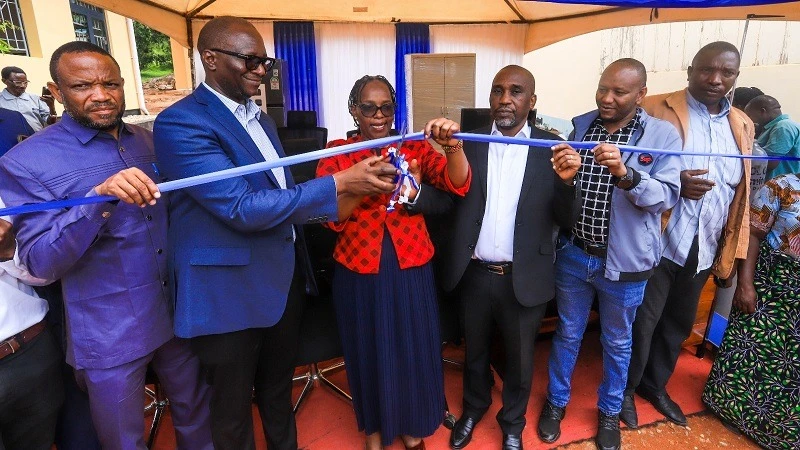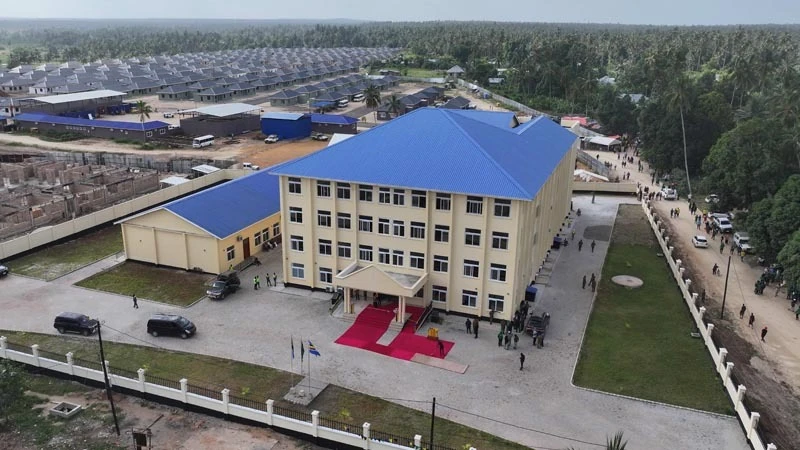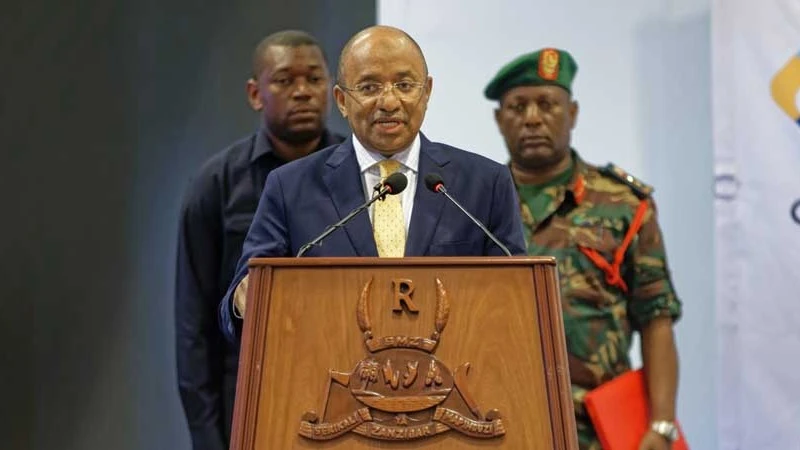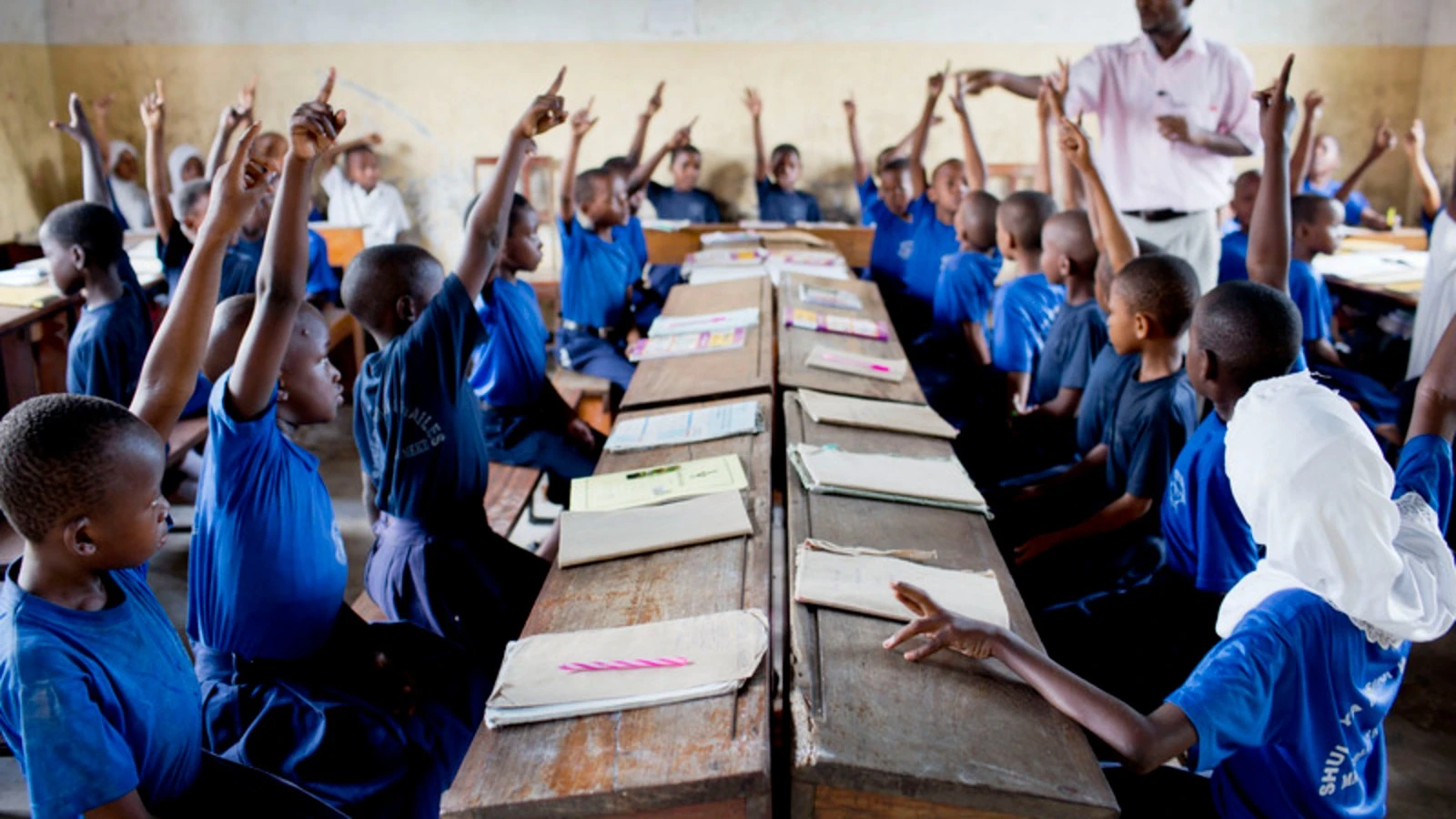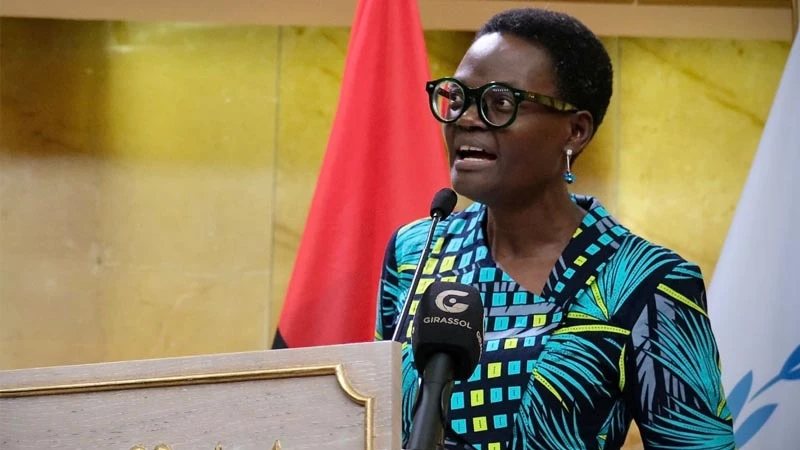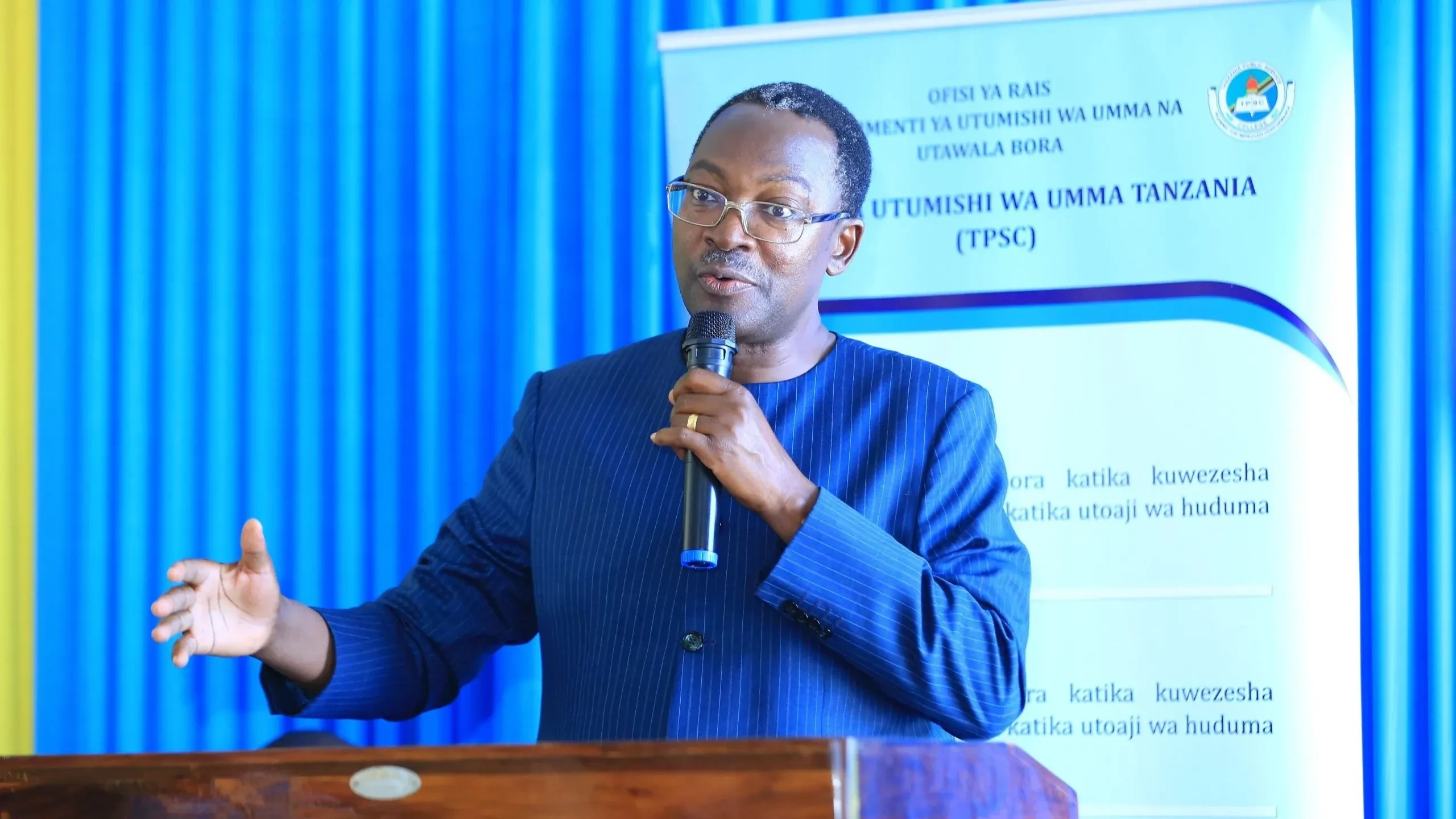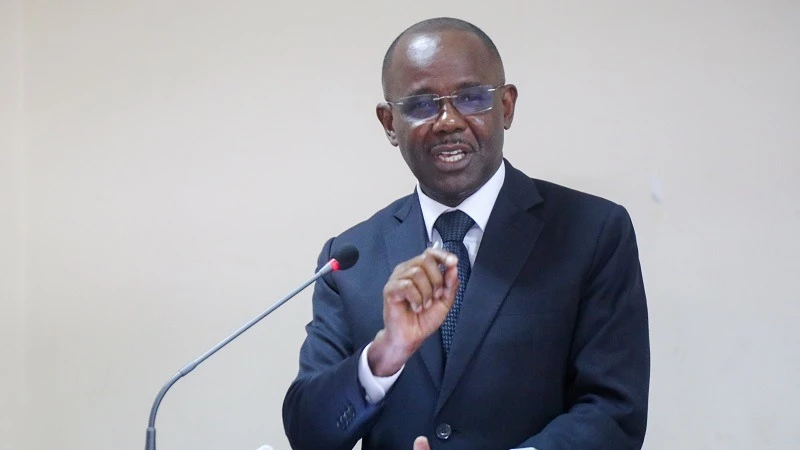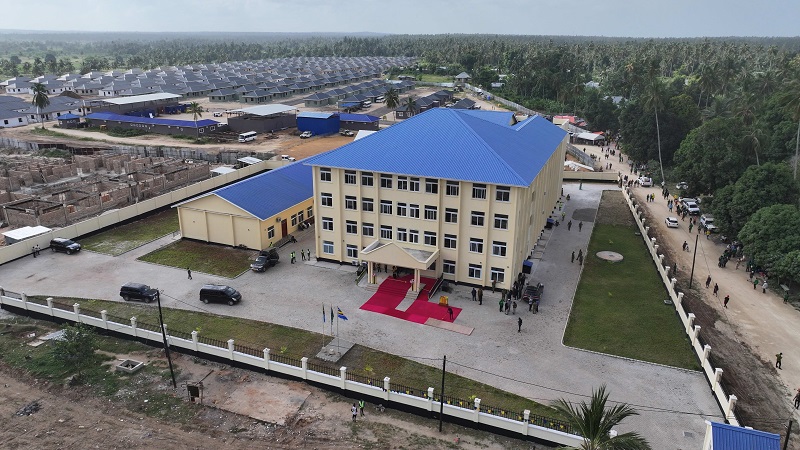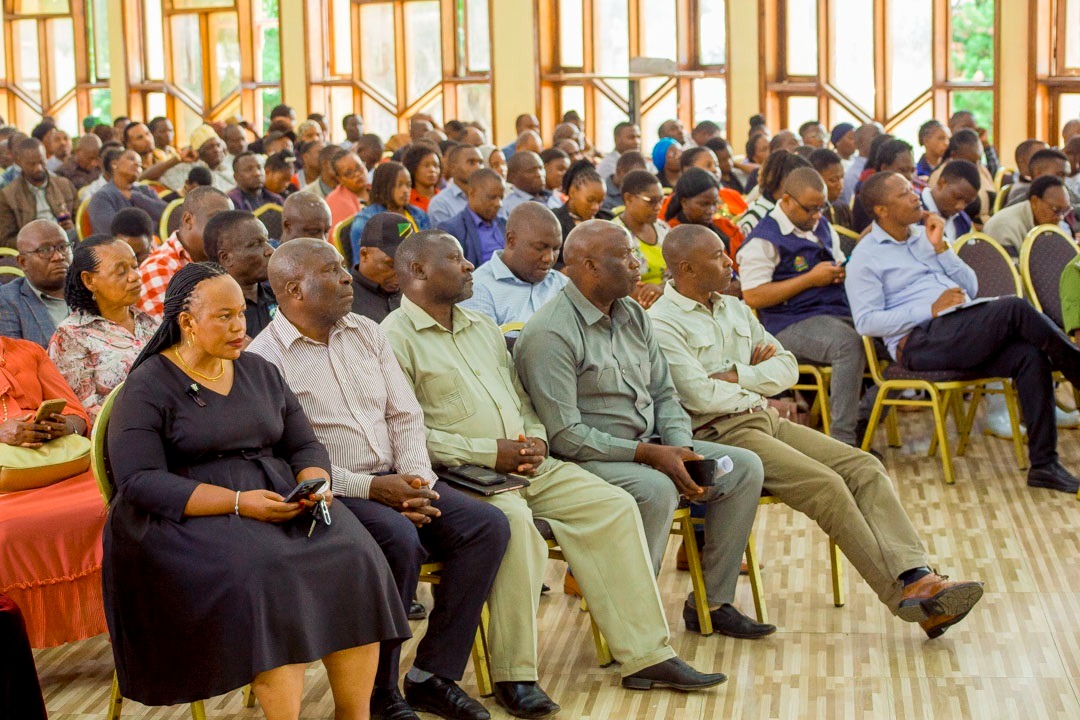Ministry setting up data track on ‘students at risk’
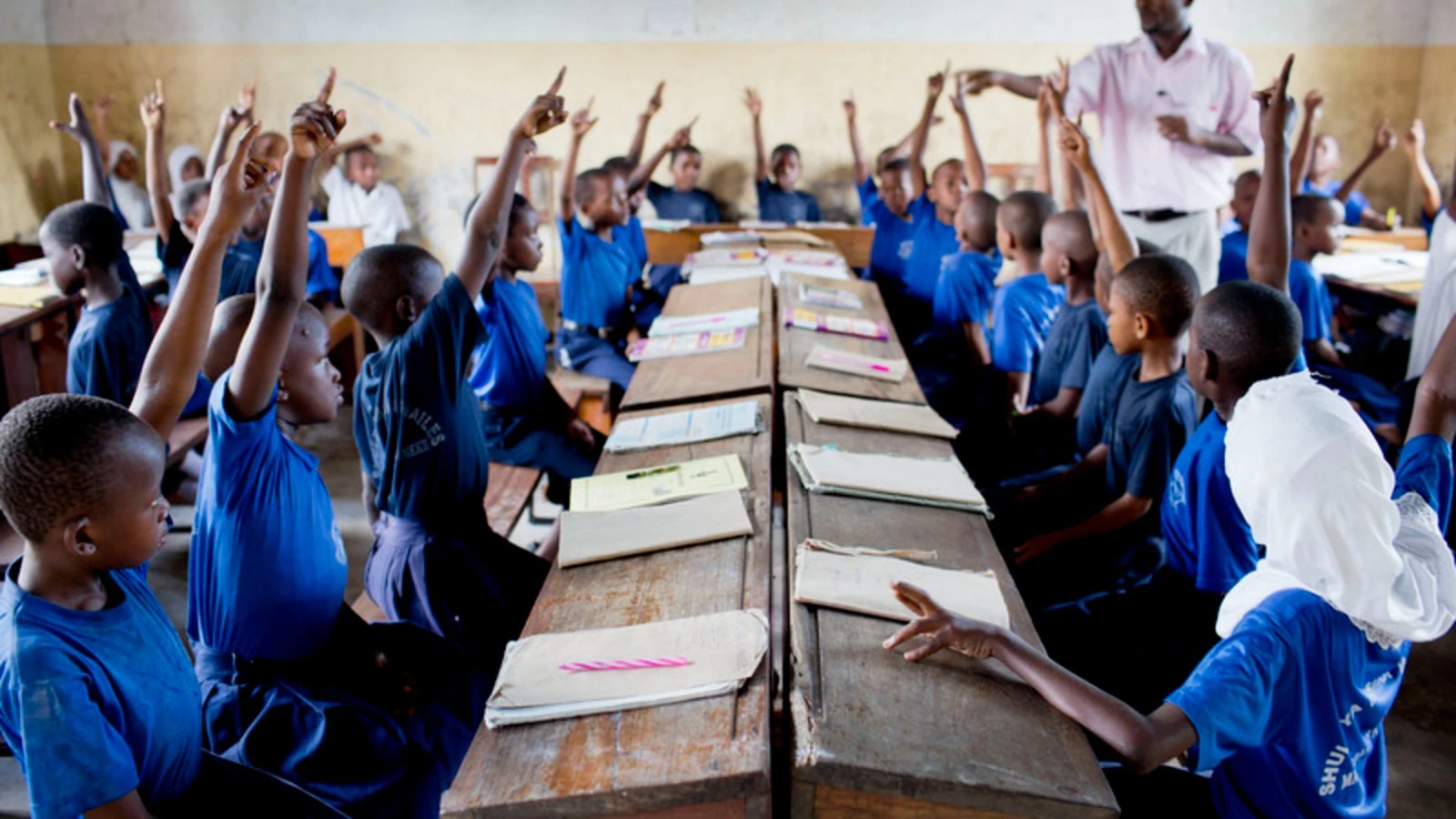
AN electronic modality is being developed to track students at risk of dropping out of secondary school due to various challenges, a responsible official has affirmed.
Dr. Nicholaus Gati, the ministerial coordinator for the Secondary Education Quality Improvement Program (SEQUIP) made this observation at the opening of training for teachers of science, mathematics and computer subjects in Simiyu and Mara regionsmk taking place in Tarime town.
This initiative is part of government's efforts under SEQUIP to improve the secondary education environment, expanding access to secondary education by ensuring that learning environments are safe and equitable.
SEQUIP focuses on girls as a particular group, while supporting all students to complete secondary education with quality learning outcomes, he stated.
He said the ministry has successfully implemented various critical activities, including re-enrolling students who dropped out of school for various reasons.
A total of 10,239 students who left school due to pregnancy have been reintegrated into the alternative education pathway (AEP), he said.
Up to 4,706 students who dropped out for other reasons have returned to the formal education system to complete their secondary education, he stated.
The project has enabled 18,833 students to sit for their final form four examinations, while 338 students have joined form five. Another 213 have enrolled in vocational treaining colleges, he further noted.
He pointed at the introduction of the ‘safe schools’ initiative in 2,262 secondary schools, aimed at equipping students with the skills to tackle challenges and risks that might cause them to drop out.
Caren Grown, director of the gender unit at the World Bank, had at a past event described the safe schools design as striving to create a new generation of education programs that emphasize safe school environments for girls and boys.
This includes measures that reduce gender-based violence, corporal punishment, bullying and other forms of violence in and around schools. It thus gives girls better quality choices and opportunities for completing their secondary education, she stated.
To improve teaching, the SEQUIPGender programme provides in-service training for teachers, where so far, 29,000 science and mathematics teachers have benefited from the training.
Lawrence Sanga, a planning department official in the ministry, said that the 2014 Education Policy (2023 edition) focuses on improving education quality, enabling teachers to use technology in teaching, enhancing the curriculum, strengthening inclusive education, along with aligning education with societal and economic needs.
"The policy ensures that students receive quality education that meets current and future needs for scientific and technological development and innovation," he stated.
The policy outlines key aspects directly affecting students, the communities around them and teachers, especially the connection between education policy, training, curriculum and government-issued guidelines.
Hadija Mcheka, an assistant director for secondary education at the Regional Administration and Local Governments wing of the President’s Office (PO-RALG), stated that the training would help enhance teaching and lead to better student outcomes.
Top Headlines
© 2025 IPPMEDIA.COM. ALL RIGHTS RESERVED






